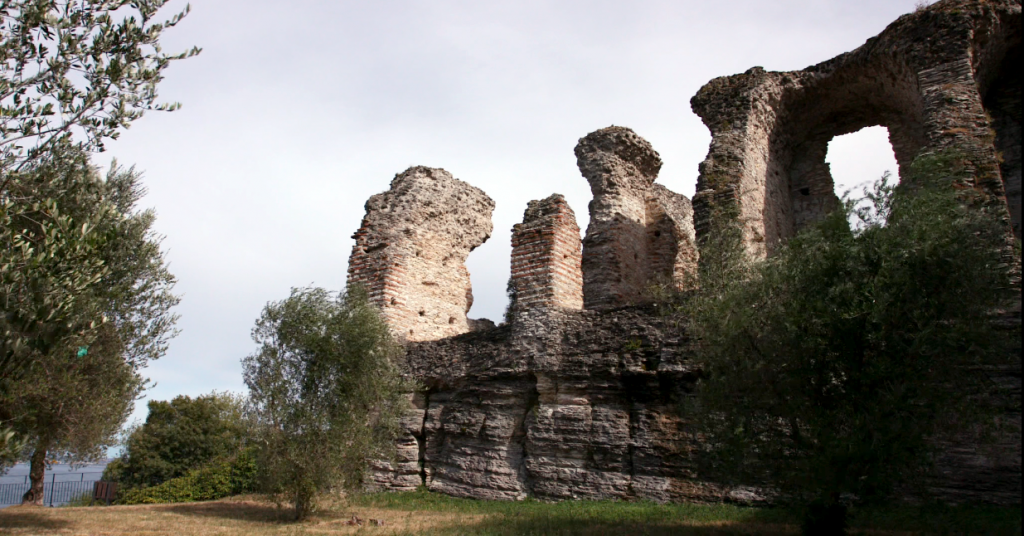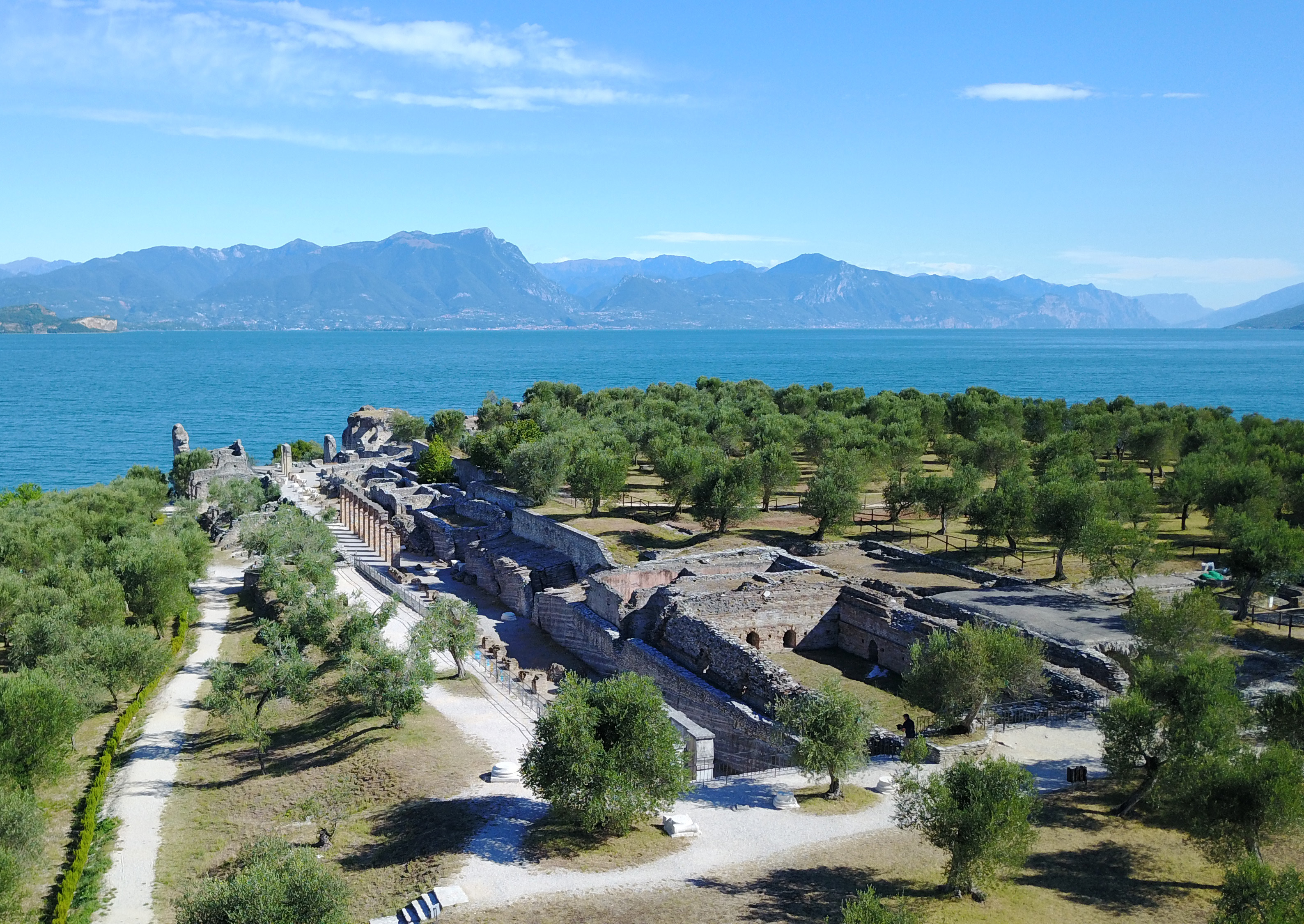The Cistern in the Caves of Catullo: a little Domus Aurea on Lake Garda
Among the ruins of the Roman villa, known as the Caves of Catullo, an ancient cistern conserves original frescoes and engravings, but also the marks left by its first visitors.

The significance of the Domus Aurea in Rome – the villa that Nero had built between the Palatine and Esquiline Hills that was partially razed to the ground after his death – had for the Italian Renaissance is well-known.
The ground floor of the building was explored from the end of the 15th century by artists and scholars who lowered themselves into the large rooms, partially underground and therefore similar to grottoes, and studied the ancient paintings, the stuccos of the Romans, by candlelight. They produced a figurative repertoire known as “grotesques” and it was inspired by the imaginative, bizarre ancient art.

The same happened on the banks of Lake Garda, in Sirmione. Here, the ruins of the majestic villa known as the Caves of Catullo, a villa from the period of the Roman Empire (end of I century B.C. – beginning of I century A.D.), also conserve underground rooms, such as the Large Cistern, which has been undergoing restoration since July 2018. And indeed, during the restoration works, it was possible to begin compiling a full survey of the inscriptions pencilled or engraved in the large space of the hypogeum, which is 46 metres long, 2.40 metres wide and 3.40 metres tall.
We discover that this room had been inspected since the Renaissance and that it had probably been mostly located underground, since we never find any writings in the bottom strip of the walls, while the inscriptions are concentrated on the vault and on its ventricles.
In ancient times, the Large Cistern was used to collect the water that served the whole villa and certainly the large garden, which was 100 metres long and 46 wide, approximately the same as the size of the Large Olive Grove today.
The Large Cistern was completely dug out of the rock and “lined” by an exceptionally well-preserved opus signinum plaster, which had proved essential for waterproofing the surface. This plaster also still bears writings that can be dated to between the 15th and 19th century, with the names of the travellers who have lowered themselves inside the cistern, documenting the continuous interest in this impressive structure.